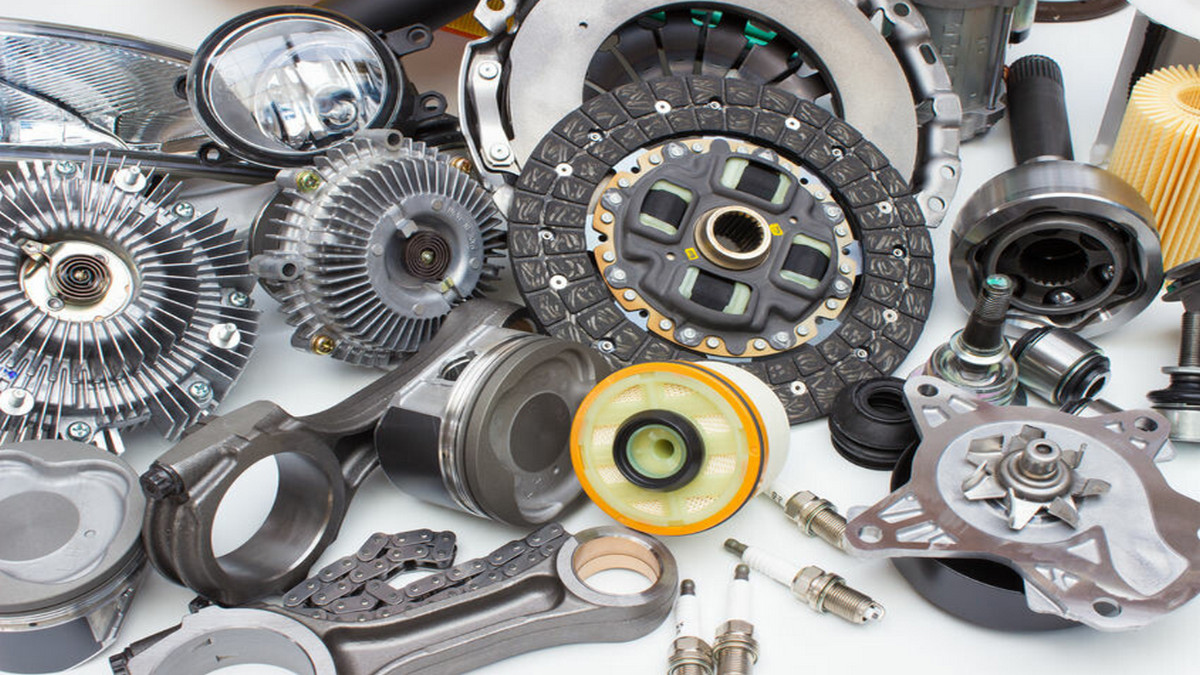Nuts and bolts play an important role in holding the world together. We see them used around us every day, but often take for granted their unique designs and functions. In this article, we will take a closer look at the different types of nuts and bolts, explore their history, and emphasize the importance of choosing high-quality manufacturing to obtain sturdy and reliable fasteners.
What is a Bolt and What is a Nut?
First of all, it may help to understand the difference between a bolt and a screw. They are both fasteners with external threads, but the distinction lies in the way they are used for assembly and tightened.
A screw can be inserted into a hole with a preformed internal thread, or it can form its own thread as it is screwed into the material. It is tightened or released by torquing the head.
On the other hand, a bolt is designed to be inserted through holes in parts to be assembled and is typically tightened or released by torquing a nut that fits onto the end of the bolt.
History of Nuts and Bolts
The earliest forms of threaded fasteners can be traced back to ancient civilizations such as Egypt, Greece, and Rome. The threaded screw design was also utilized in wooden screws used for wine and olive oil presses. However, it was not until the 15th century that the first true screws with threads and bolts emerged.
As the Industrial Revolution gained momentum in the 18th century, the demand for more robust and standardized fasteners grew. This demand prompted significant advancements in manufacturing techniques, leading to the mass production of nuts, bolts, and screws. The advent of steam engines, machinery, and railways required reliable nuts and bolts to ensure the structural integrity of these groundbreaking inventions. These needs led to innovations in the 18th and 19th centuries, such as the screw-cutting lathe and the standardization of threads and manufacturing processes. These innovations paved the way for mass production, enabling the widespread adoption of interchangeable parts in machinery and construction.
In the early 20th century, the introduction of alloy steels further enhanced the strength and durability of nuts and bolts, making them indispensable in heavy-duty applications such as bridges, railways, and military hardware.
Manufacturing Processes
The manufacturing process involves several key steps:
Material Selection
Traditionally, nuts and bolts were primarily made from carbon steel, but modern applications often demand materials with specific properties such as corrosion resistance, high-temperature tolerance, and exceptional strength. While carbon steel is still commonly used for standard applications, stainless steel, highly resistant to corrosion, is ideal for environments with high moisture.
One notable advancement in bolt manufacturing is the introduction of high-strength titanium and nickel alloys, which offer superior corrosion resistance as well as high tensile strength. Their enhanced strength and durability make them suitable for high strain or heavy-duty applications.
Forming Processes
Bolts can be formed using different methods, depending on the quality or specifications of the bolt desired.
Hot Forging: Hot forging involves heating metal rods to high temperatures and then shaping them using dies and punches. This process enhances the mechanical properties of the material, making it ideal for producing high-strength nuts and bolts. Hot forging ensures the uniformity of the threads and overall structural integrity.
Cold Heading: Cold heading is a more cost-effective method where cold metal wire is initially cut into small, cylindrical pieces known as blanks, which are then shaped into the desired form using dies and punches. This process is suitable for mass production and results in nuts and bolts with excellent dimensional accuracy. Cold heading is commonly used for manufacturing smaller-sized fasteners.
Machining: Precision machining involves cutting, shaping, and forming nuts and bolts from larger pieces of metal using lathes, milling machines, or CNC equipment. While this method is slower and more expensive than forging or cold heading, it allows for intricate designs and high customization.
Thread Rolling
After the cold heading process has formed the basic shape of the bolt, threads are added to the shaft of the bolt through a process called thread rolling. Thread rolling is a cold-forming process that uses dies to displace material on the workpiece to create the desired threads. This method increases the strength of the threads and improves their fatigue resistance. Thread rolling is often used for high-volume production of threaded fasteners.
Post Forming Treatments
Heat treatment is employed to enhance the mechanical properties of the bolt, improving its strength and durability.
Coatings may be coated for corrosion resistance. Common coatings include zinc plating, galvanizing, or applying a protective layer of chrome.
Types of Nuts and Bolts
Bolts use a wide variety of head designs to engage with the tool used to tighten them. Some bolt heads lock the bolt in place, preventing movement, and a tool is only needed for the nut end.
Common bolt heads include hex head, square head, flange, carriage, socket head, and eye bolts.
Hex Nuts and Bolts are the most widely used and recognizable fasteners. Their hexagonal shape allows for easy tightening and loosening using a wrench or socket. They are employed in a wide range of applications, from construction to automotive.
Square Nuts and Bolts have a square-shaped head or nut, providing additional stability and resistance to rotation. They are often used in applications where preventing loosening due to vibrations is critical.
Carriage Bolts have a round head with a square neck underneath, preventing the bolt from rotating when the nut is being tightened. They are designed for smooth, flush installations and are commonly used in woodworking and metal-to-wood applications.
Socket Head Cap Screws have a cylindrical head with a recessed hex socket. They are often used in precision applications or in fastening machinery and its components where a low-profile fastener is required.
Flange Nuts and Bolts have an integrated washer-like flange beneath the head, providing a larger surface area for better load distribution. They are commonly used in automotive and structural applications where vibration resistance and enhanced load distribution are critical.
Machine Screws with slotted or recessed heads are applied where a milder locking force is sufficient. They come with a variety of heads including flat countersunk, pan, oval, truss, round, and fillister heads, each designed for different applications.
Eye Bolts are versatile fasteners with a looped, circular head, allowing attachment points for cables, ropes, or other hardware. The shank is inserted into a surface to provide a secure anchoring point for lifting, hanging, or securing loads and are widely used in construction, rigging, and industrial settings.
Lag Screws, also known as lag bolts, are robust fasteners with coarse threads and a hexagonal head. With self-tapping threads, they offer exceptional holding power for durable connections in construction, framing, and other load-bearing structures.
Taiwan, Bolting into the Future
Taiwan has often been hailed as the “kingdom of screws” in the global market due to the prime quality and swift deliveries of its products. With over 75% of screws and bolts manufactured in Taiwan being exported, the country has become a major industry player. As of 2019, Taiwan boasted more than 1,800 manufacturers of screws, bolts, nuts, and rivets, employing a combined workforce of 39,000. The majority of suppliers are based in Kaohsiung, which hosts a cluster of 700 factories.
According to the Ministry of Economic Affairs’ Department of Statistics, Taiwan ranked third in export value in 2020 at US$3.97 billion, following China and Germany. The U.S. was the largest importer, accounting for 42%, while Germany, the Netherlands, Japan, and the U.K. comprised 8.3%, 5.6%, 4.6%, and 4%, respectively.
Conclusion
Taiwan is a global powerhouse in nut and bolt manufacturing, and is known for its top-notch quality and swift deliveries. Taiwan plays a pivotal role in supplying these essential components for global construction and industry, contributing significantly to global industrial progress.






.png)







